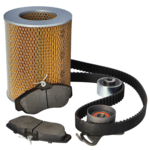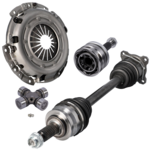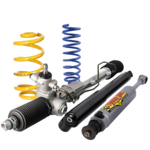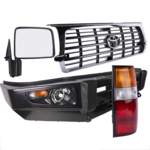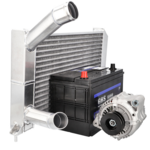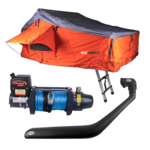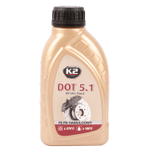This article is our step-by-step guide to bleeding your 4x4's brake system.
First of all, why is it important to bleed the brake system?
There are three main reasons:
When you carry out repairs on a hydraulic brake system, air will inevitably get trapped in the circuit. Air is compressible while brake fluid is specifically designed to maintain a low level of compressibility.
Brake fluid is hygroscopic which means it attracts moisture. Unless the fluid is regularly renewed, the water will build up and can corrode metallic parts such as pistons and cylinders.
Over time, the boiling point of brake fluid drops. With the high heat coming from the brake system the fluid will boil more easily, especially since the presence of water facilitates this phenomenon. At boiling point, the bubbles release air which in turn gives the fluid greater compressibility. When this happens the brake pedal will start to feel soft and spongy.
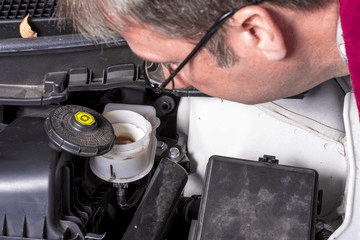
In this article we are working on a Toyota Land Cruiser HZJ73, however the job is basically the same whatever 4x4 you drive.
TOOLS
. 10mm flat/ring spanner
. Syringe
. Transparent container (jar or bottle) to catch the brake fluid
. Suitably long length of tubing
. Brake fluid
. Rags
DIFFICULTY
To give you an idea of the difficulty level of our tutorials, we note them from 1 to 5.
This job is level 1
WORKSHOP
1 - After applying the hand brake, loosen the wheel nuts using a wheel brace wrench, jack up the vehicle. Then completely unscrew the wheel nuts in order to remove the wheels (this can be done wheel by wheel). As always, for safety, use axle stands to support the weight of your 4x4.
Always start from the wheel furthest from the master cylinder.
- For a LHD vehicle the order is as follows: the rear right wheel, the rear left wheel then the front right wheel, and finally the front left wheel.
- For a RHD model the order is: the rear left wheel, the rear right wheel then the front left wheel, and finally the front right wheel.
This method requires two people.
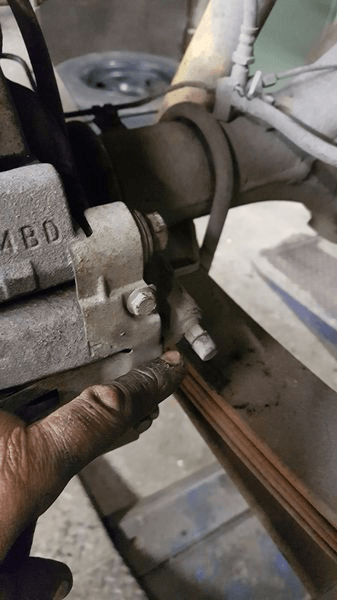
2 - Sometimes bleed screws are difficult to loosen. Use an appropriately sized spanner so as not to damage the head of the screw.
Tip: a shot of penetrating oil the day before can make a big difference!
Now lift the bonnet and remove the cap from the brake master cylinder reservoir. Using the syringe, draw out the brake fluid.
Now use a clean cloth to give the inside of the reservoir a good clean.
You can now fill the master cylinder reservoir with fresh brake fluid.
Now you're ready to start bleeding the system.
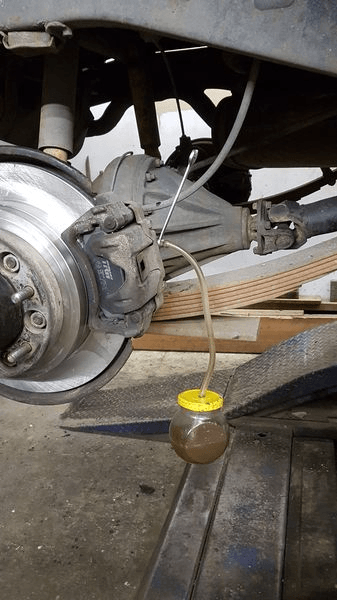
3 - Push the hose onto the head of the bleed screw and ensure that the other end is immersed in the jar which will receive the used brake fluid. Then loosen the bleed screw using an appropriate spanner.
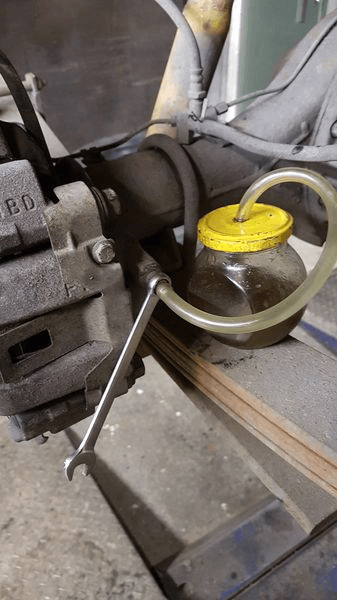
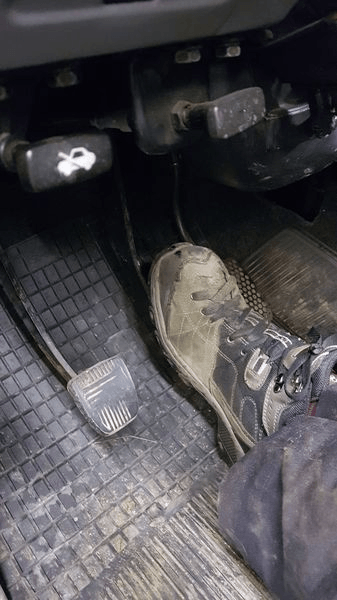
4 - Then, one of the two people must press the brake pedal while the other loosens the bleed screw to let out the old brake fluid and the air bubbles trapped in the system directly into the transparent container.
Now re-tighten the bleed screw whilst the pedal is still pushed down.

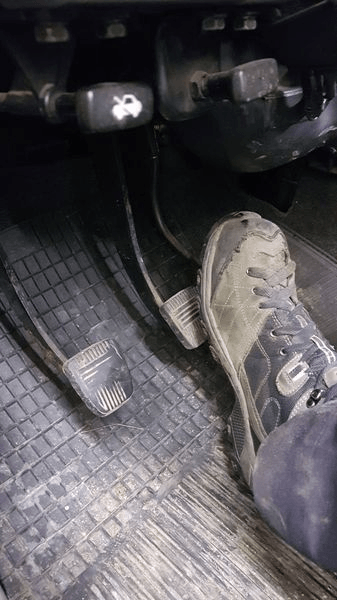
5 - Now release the pressure on the pedal, and repeat the operation until the system is completely purged.
In other words:
- clean brake fluid can be seen coming out of the bleed screw
- there are no more air bubbles in the transparent pipe
Keep an eye the level of brake fluid in the master cylinder reservoir during the process so as not to draw air into the circuit from the top.
When the brakes on the first wheel have been fully bled, tighten the screw then move onto the next wheel.
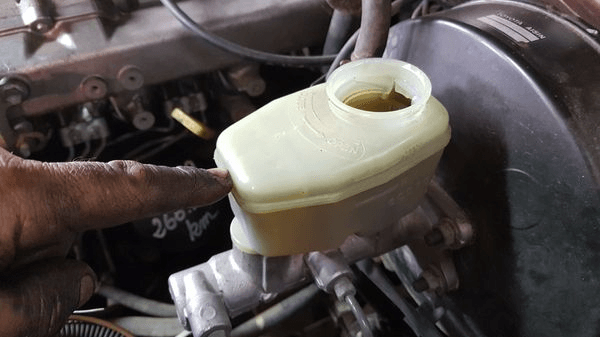
6 - Check that there is always brake fluid in the master cylinder reservoir throughout the process so as not to draw air back into the system.

7 - Keep topping up the brake fluid throughout the process and check the final level when you have finished.
IMPORTANT INFORMATION:
If you are inexperienced and if in doubt, talk to a professional. The brakes will fail to work properly if the system isn't bled correctly and there is air in the circuit.
This method requires 2 people. You can't do this on your own as air may enter through the purge screw. If you are unable to enlist a helper then you will need to use a vacuum bleed tool.
Brake fluid attacks the paint on your vehicle. Be careful not to spill any on the bodywork.
If your vehicle is fitted with an ABS system, the operation is normally carried out using specific brake bleeding equipment. For this reason, it is recommended to entrust this work to a qualified mechanic.
On some vehicles, the solenoid valves and brake circuit design require a special bleed procedure known as the bleed sequence. In this case, check with a professional first before doing the work yourself. You can risk damaging or disrupting your braking system due to improper bleeding.
IMPORTANT: BEFORE MOVING THE VEHICLE YOU MUST PUMP THE PEDAL UNTIL IT FEELS HARD.
PARTS
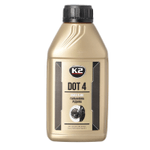
Thanks to Association Sportive Mantaise - blog.asm4x4.com
Please note: Euro4x4Parts publishes this information to help its customers but cannot be held responsible for the advice given here and practical consequences therin.
We'd love to know what you think!
Whether it’s a mechanical question, a suggestion for an article or a comment on an article you have just read - feel free to send us a message.
Do it yourself, you'll be even prouder! To help you out, Euro4x4parts shares its know-how and expertise in mechanics through 4X4XPERT: new products, technical sheets, and personalized tutorials... You've got the keys!
And because we also learn from your experiences, your feedback is essential. Let us know your thoughts and suggestions by email: 4x4xpert@euro4x4parts.com
Check out our complete catalogue of 4x4 parts and accessories!
All the photos in our articles are taken on authorized roads or tracks, private land, or during supervised competitions. Let's all do our part to preserve the environment!
Please note: Euro4x4parts publishes this information to help its customers, but cannot be held responsible for the advice given here and their consequences when used.








